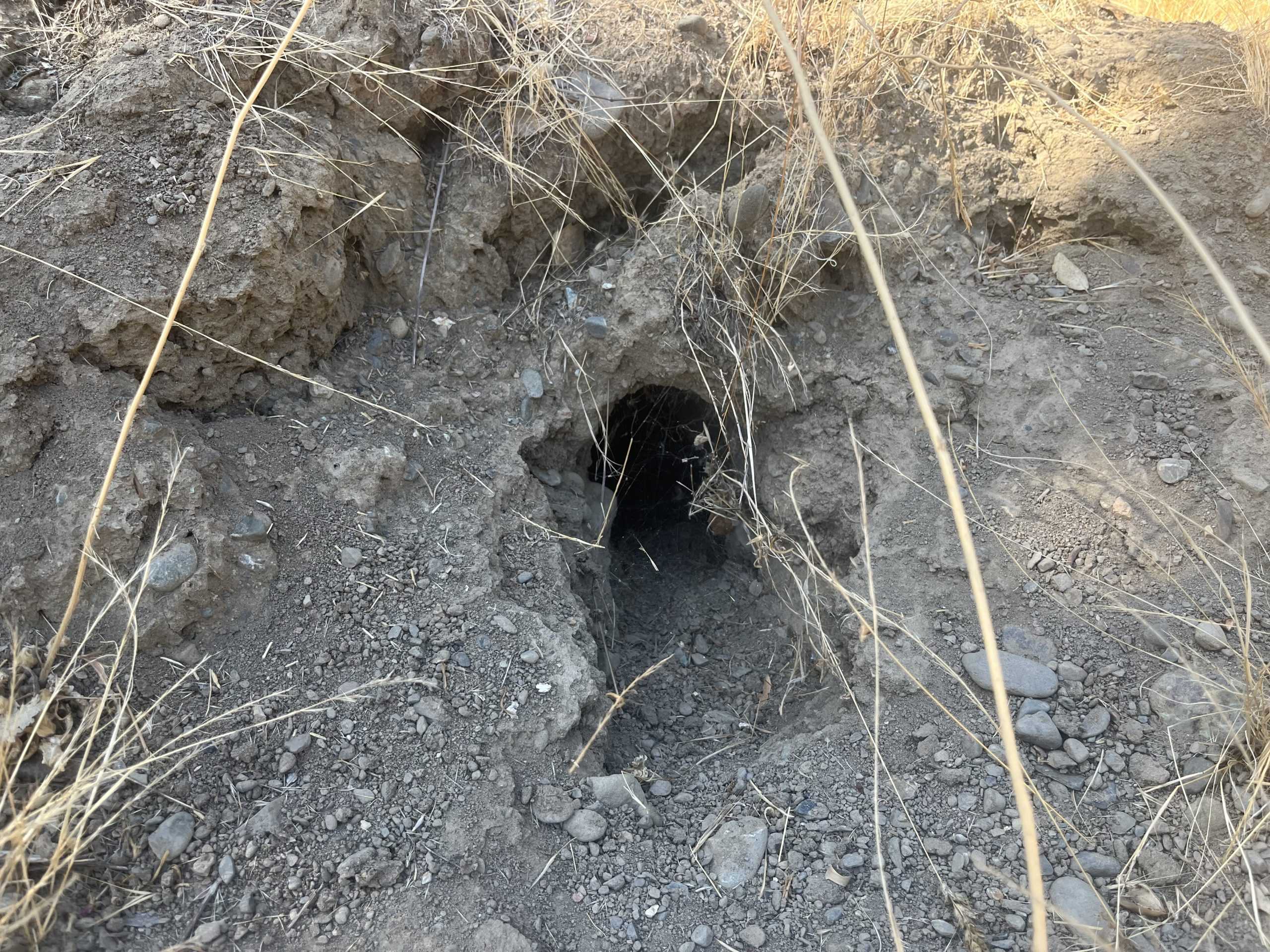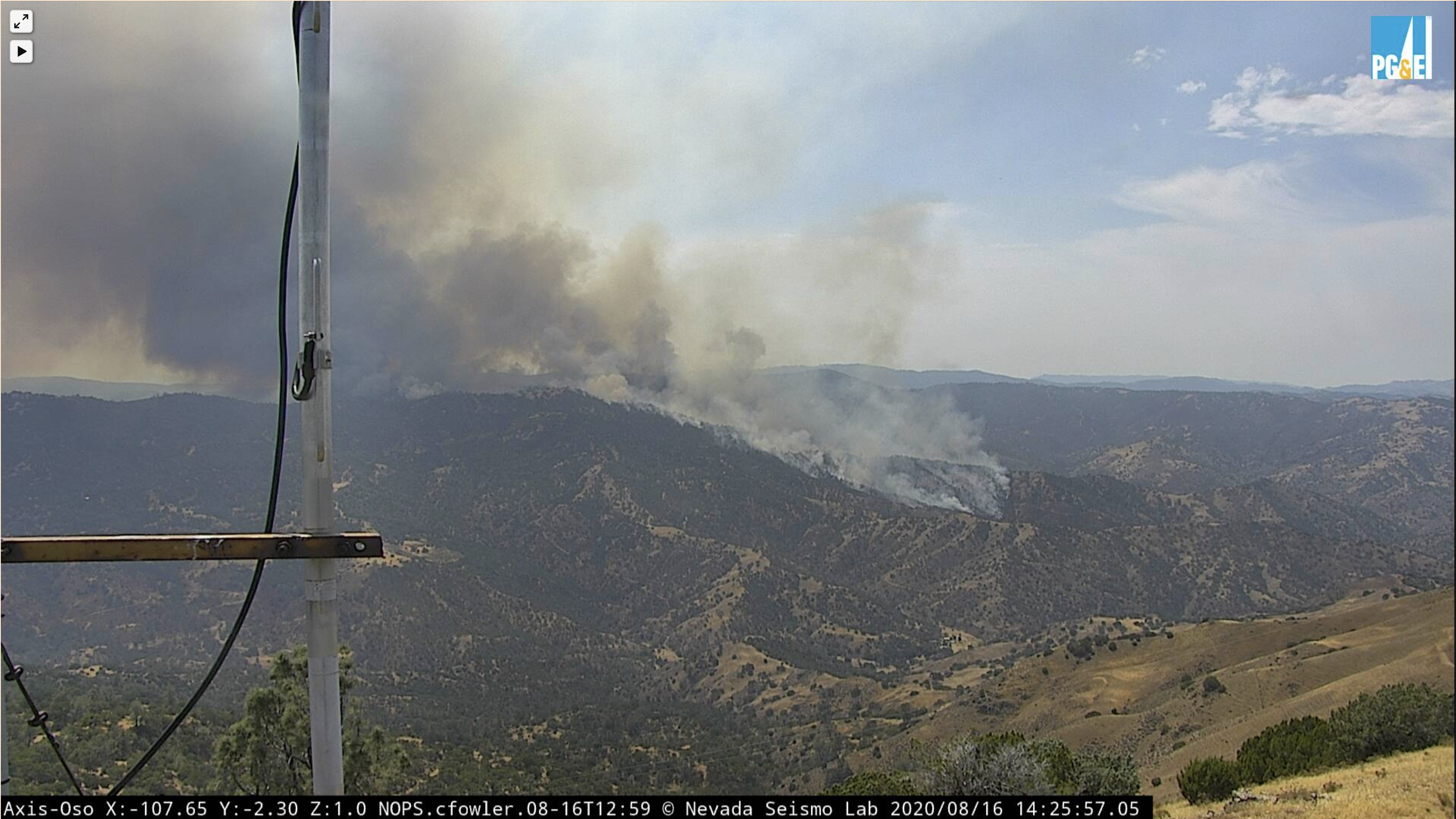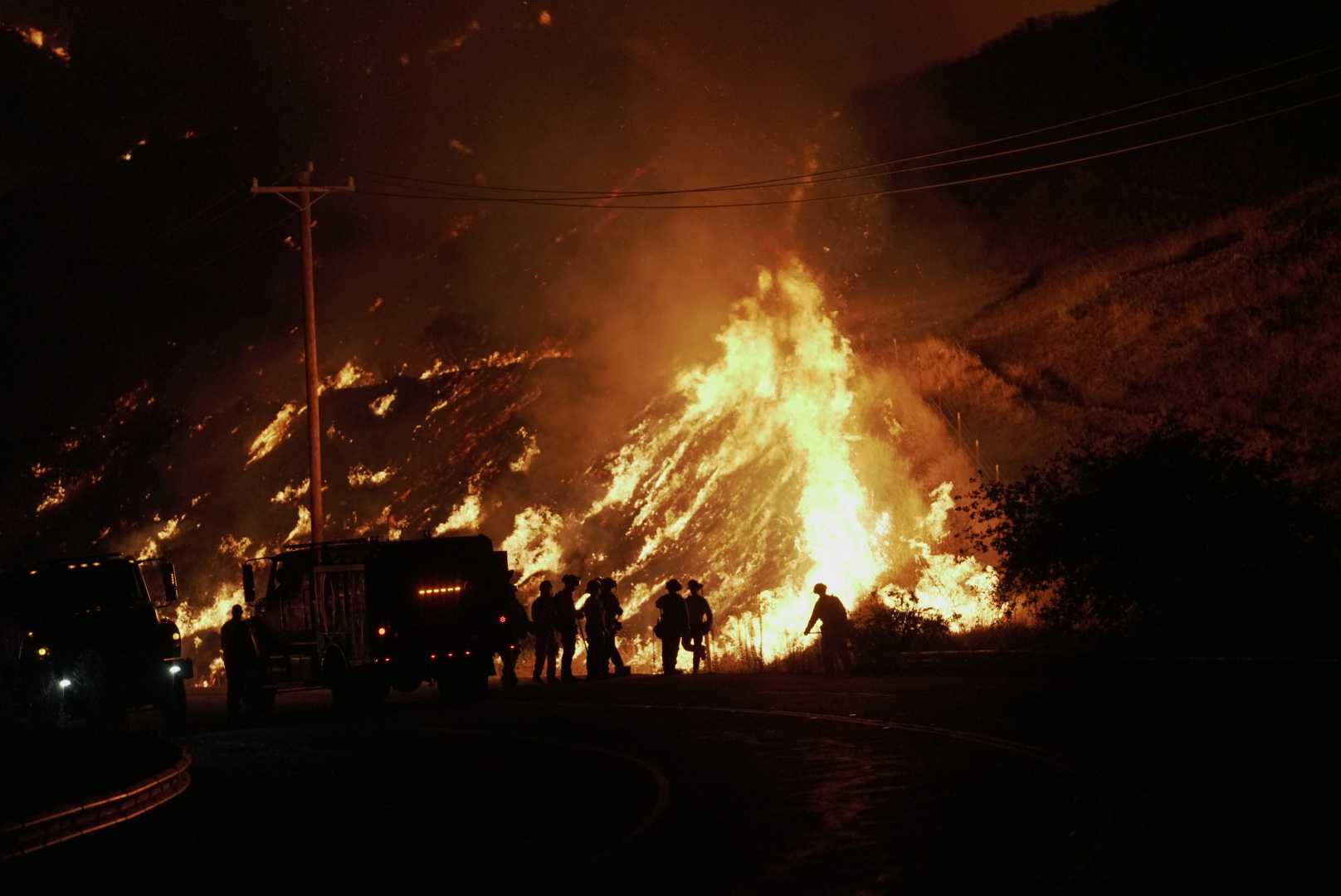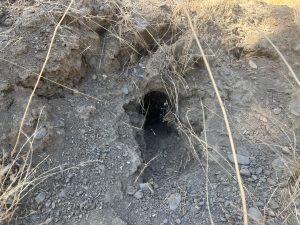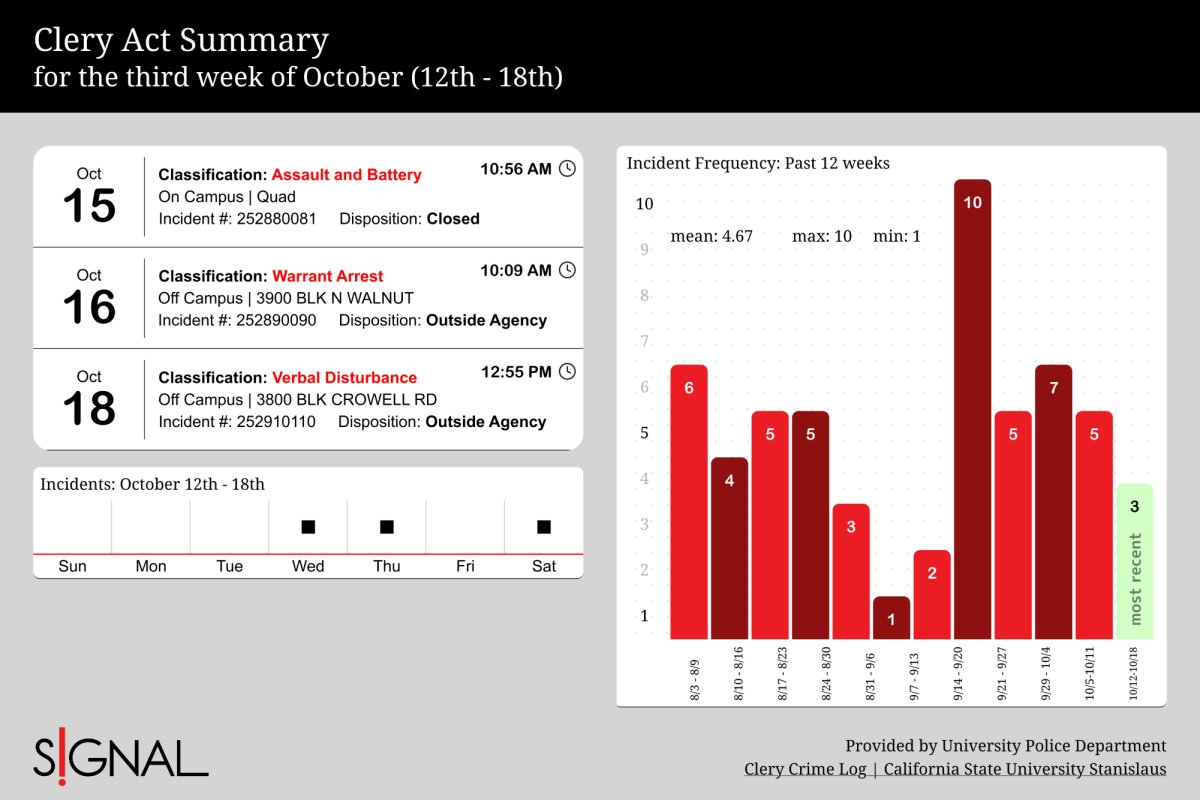With fall here and the temperatures dropping, you might find yourself taking a stroll to enjoy the colorful leaves and cool air. If you plan on taking a trip into any Stanislaus County Parks, be sure to watch your step, because October in California isn’t just the prelude to Halloween: it’s peak Tarantula season.
While tarantulas are largely docile, hikers may hurt themselves or the spiders by interfering during this crucial period in their mating season. Fans of these furry critters will likely know that tarantulas are mostly harmless, but wildlife experts still advise avoiding touching or handling them.
If bit by a spider, it’s advised not to panic and to follow simple steps.
“In any case when you’re bit, I do recommend going to an urgent care; even if you’re familiar. Sometimes the difference between these are very subtle between species,” said Dakota Williams, a small animal expert at Carter’s Pet Mart in Manteca.
“Some people do have allergies to spider bites,” they said.
Unlike their highly venomous cousins, Tarantulas have a “dry bite” more similar to a bee sting. Their venom itself is not considered dangerous, but an allergic reaction on a hiking trail could be deadly.
In times like these, it’s essential to follow park rules and stay on the trails.
“I know it’s tempting to want to journey off the trails and see certain things, but the damage that the average person creates by just walking off the trail and eroding those things away does do a lot of harm to the native species around,” Williams said.
With over 900 species of tarantulas, hikers will most likely come across two of the more common ones in our area.
Stanislaus County Parks and Recreation official, Julie Orona noted that the Desert Tarantula is the one you’ll most likely see in the area.
“In our parks, which would be Frank Raines and Modesto Reservoir, you’d see what we call the Desert Tarantula; it is tan, about three inches in body length, and is hairy, and furry. The male has a triangle on its face around its eyes and its legs. They have a little darker spot there,” she said.
Watching for holes and steps is suggested due to maintenance probably belonging to creatures other than squirrels or rabbits.
“Typically they’ll use retired rodent nests or burrows so they’ll be under the ground,” Orona said. “The females will lay their eggs and what usually happens is that there’s a silk around, along with some dirt to plug it up to protect them from the heat and predators.”
If you’ve been hiking this region since the early 2000’s you might have noticed the population of tarantulas drastically decrease in the past years. According to Orona, there is a big reason as to why they have been impacted.
“We had a fire and before that time they were everywhere. You could not go down the road without seeing them and trying to steer clear,” she explained.
The fire in 2020 impacted the population.
“You’ll see them out and about but they’re typically not out in masses that they were before,” Orona said.
The 2020 SCU Lightening Complex Fire that Orona mentions was the fourth-largest fire in California history. It burned in five counties, including Stanislaus and San Joaquin, over 396,624 acres, and destroyed 222 structures. The fire lasted 46 days, from mid-August into early October.
As temperatures continue to drop we will be seeing fewer tarantulas roaming aboveground. Cold months call for hibernation, so adventurers eager for a glimpse of one of California’s most remarkable native spiders should hit the trails now before they disappear for another year.
Spooky Season is Here and So is Tarantula Season
Gabriela Muro
•
October 13, 2023
A tarantula crawls through a trail at Sunol Wilderness Regional Preserve in the San Francisco Bay Area. (Signal Photo/Gabriela Muro)
0
Donate to Signal
Your donation will support the student journalists of California State University, Stanislaus. Your contribution will allow us to purchase equipment and cover our annual website hosting costs.
More to Discover


